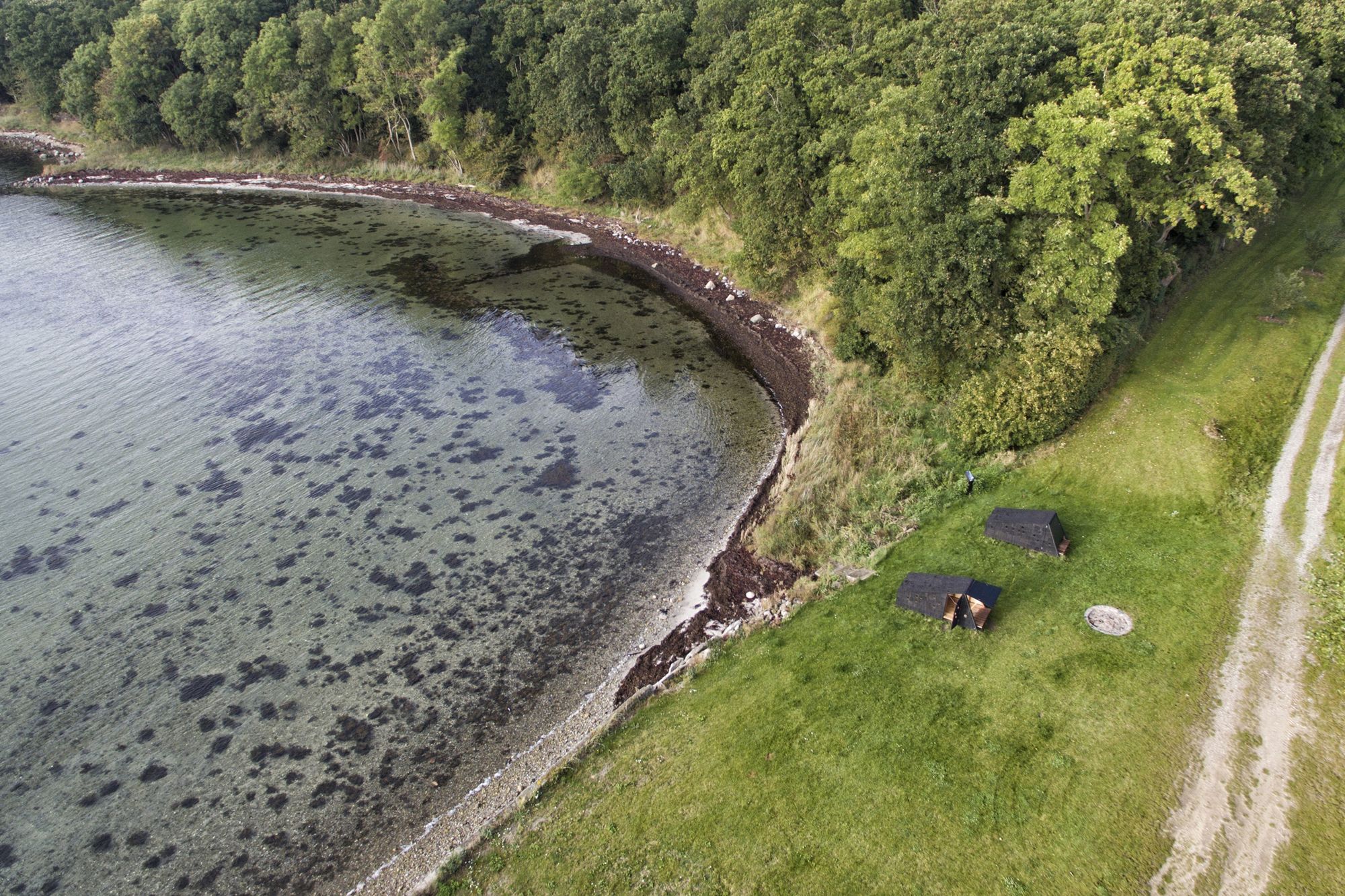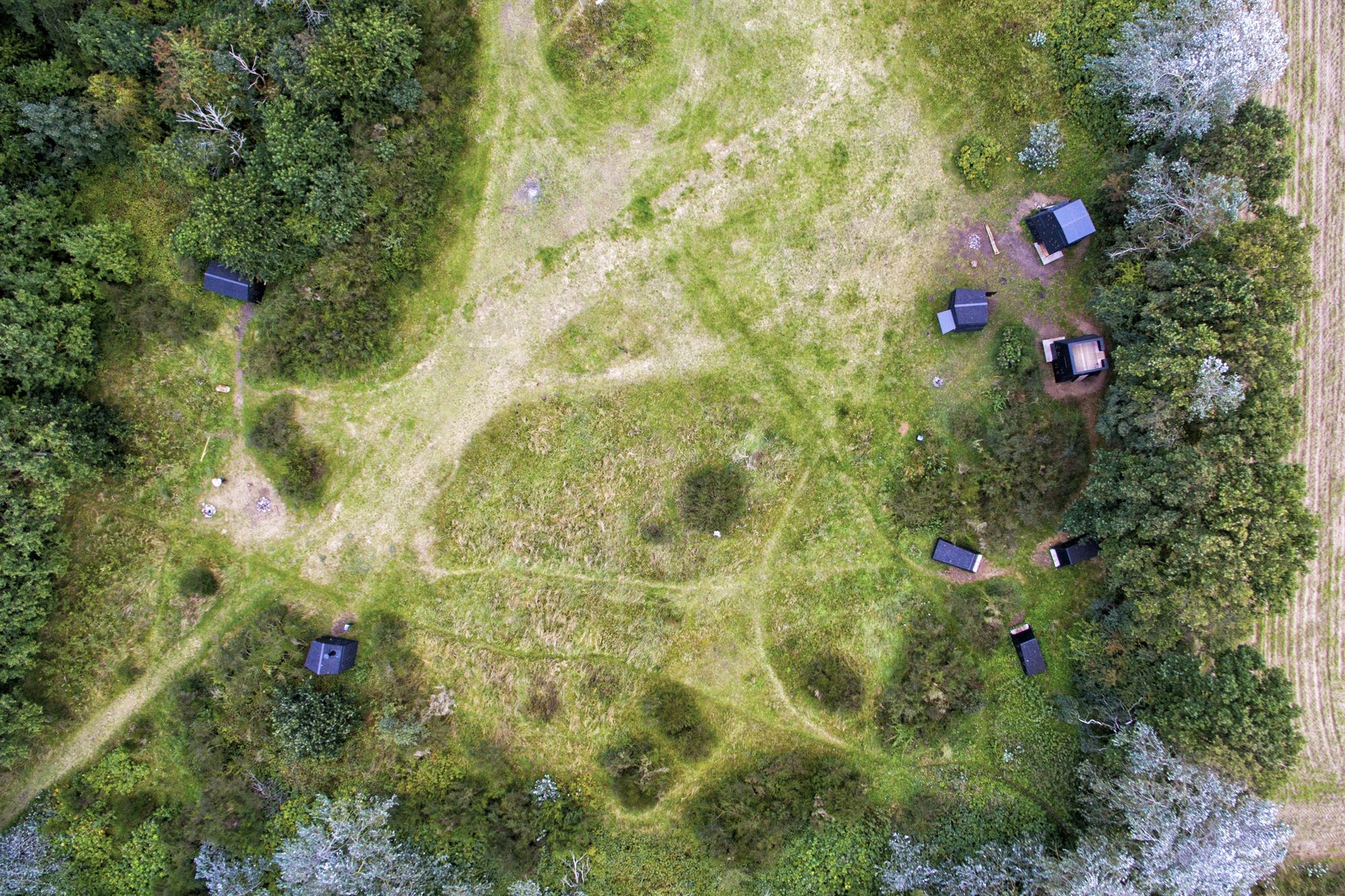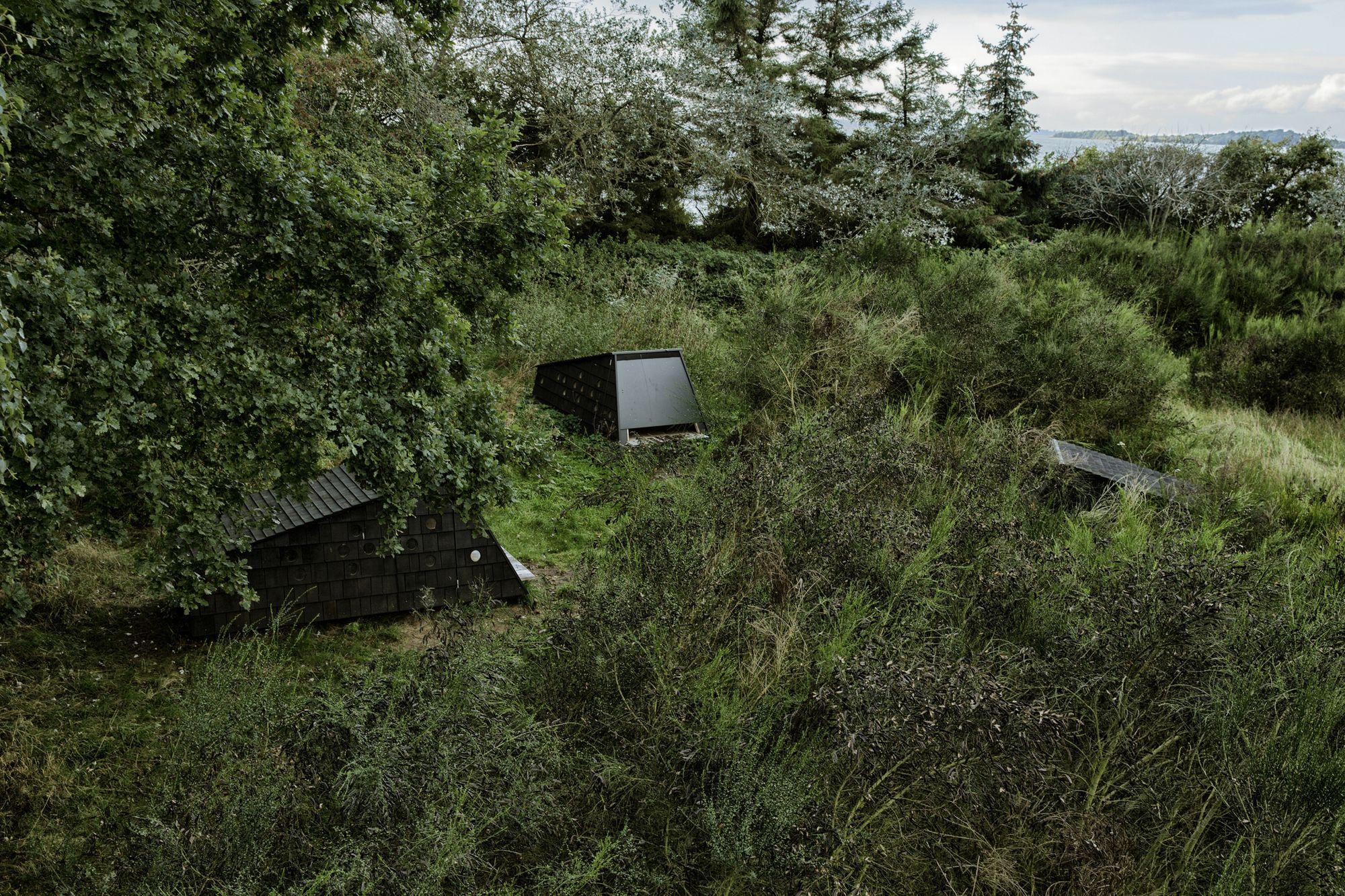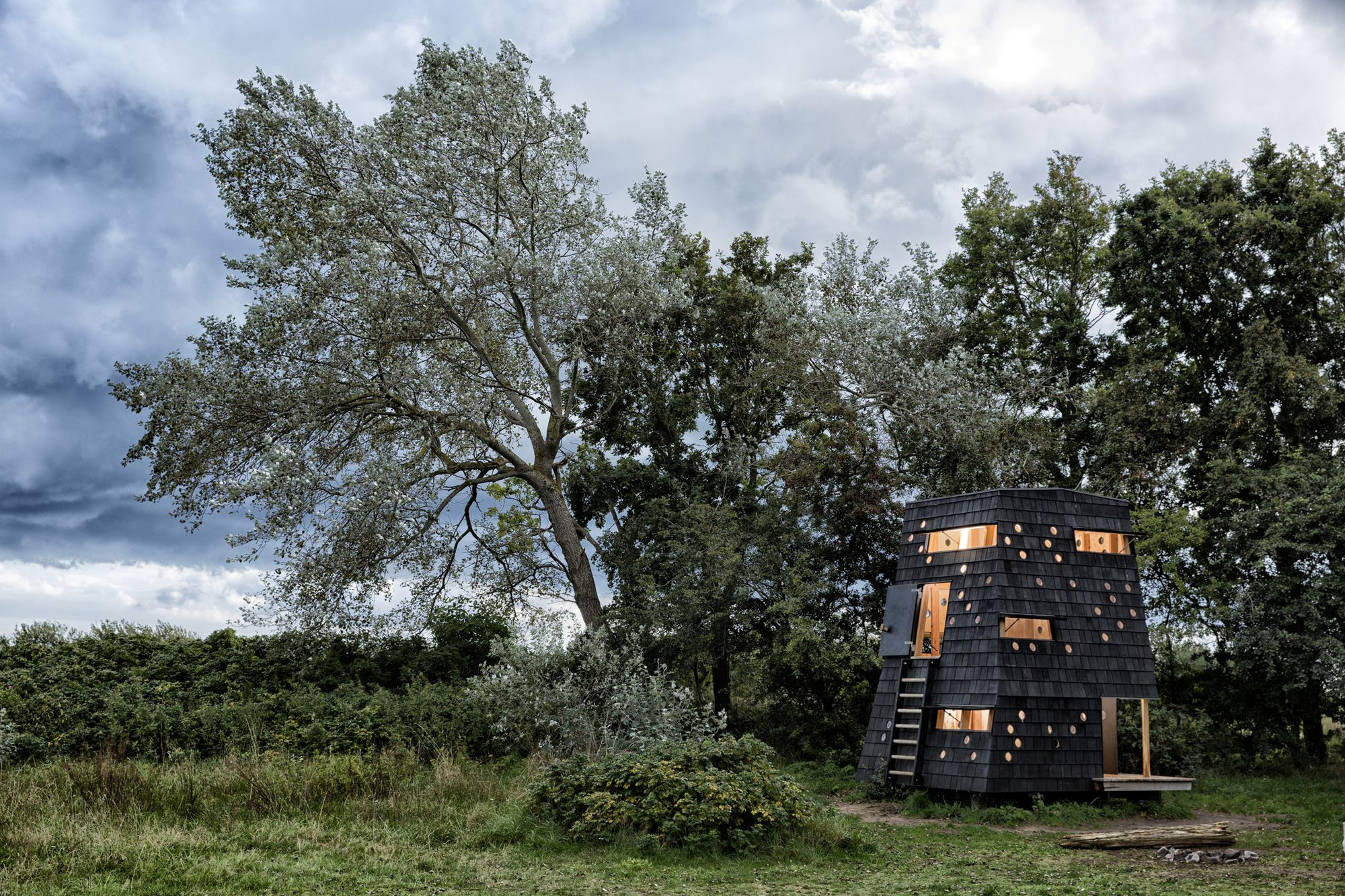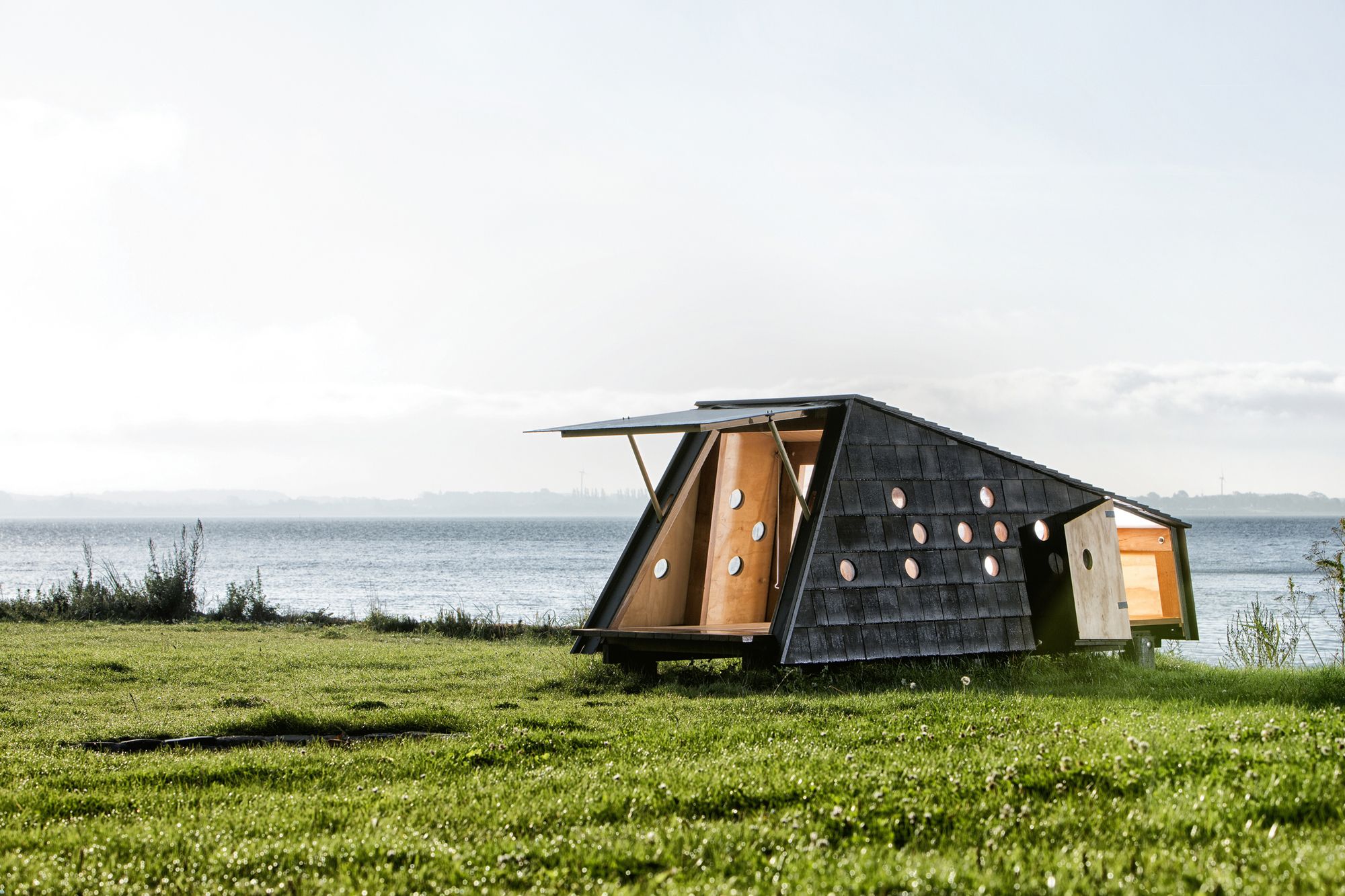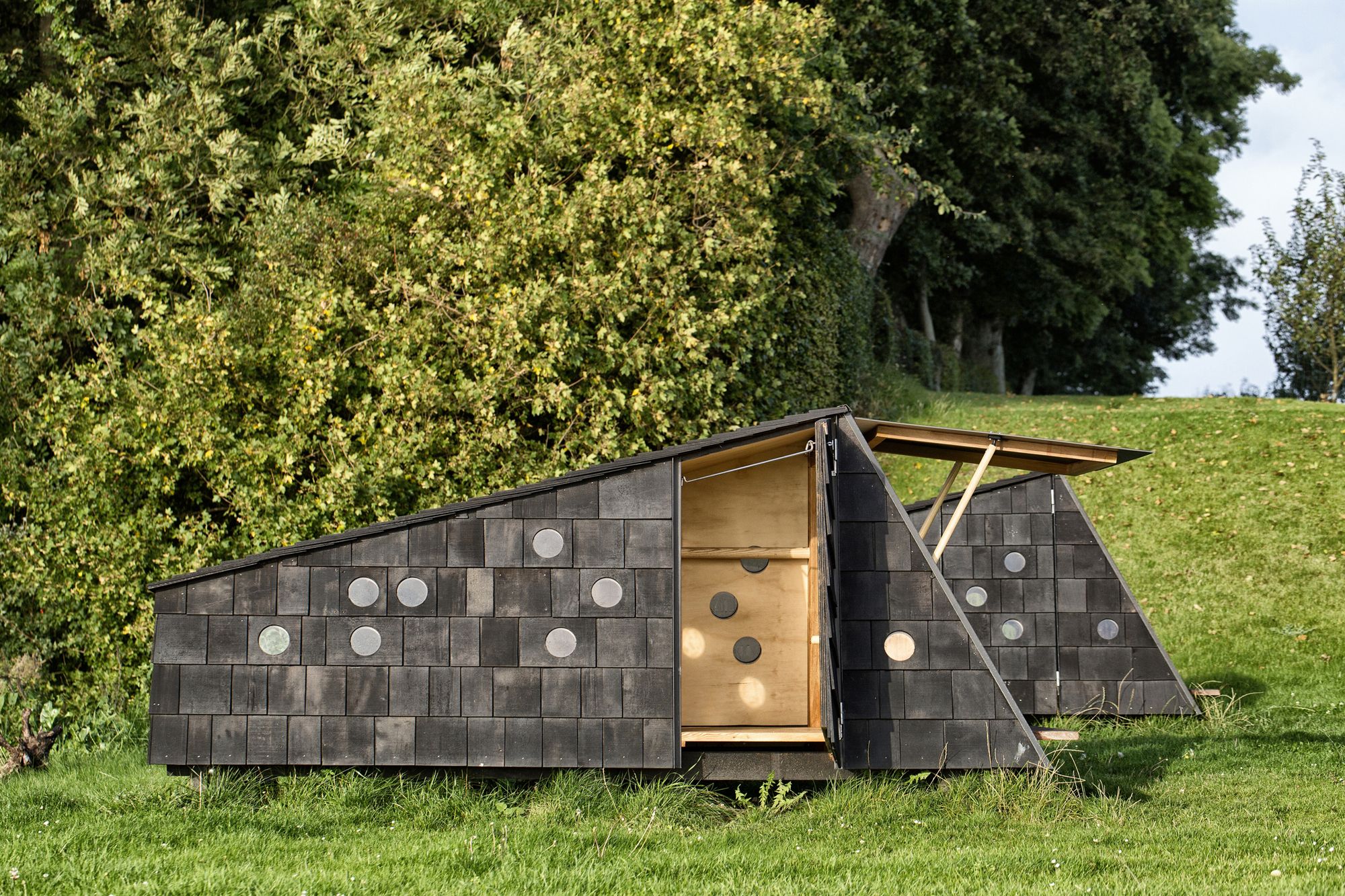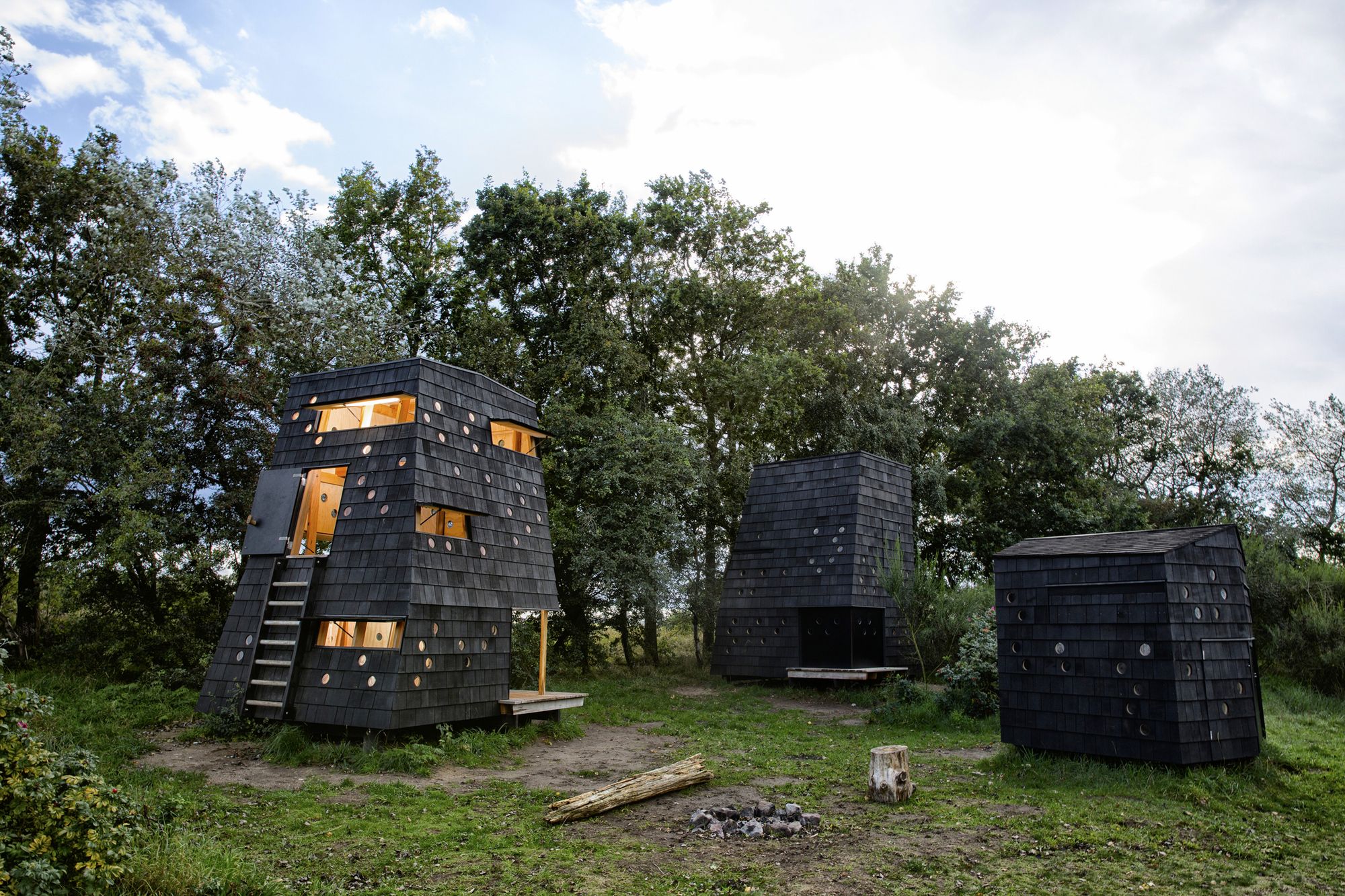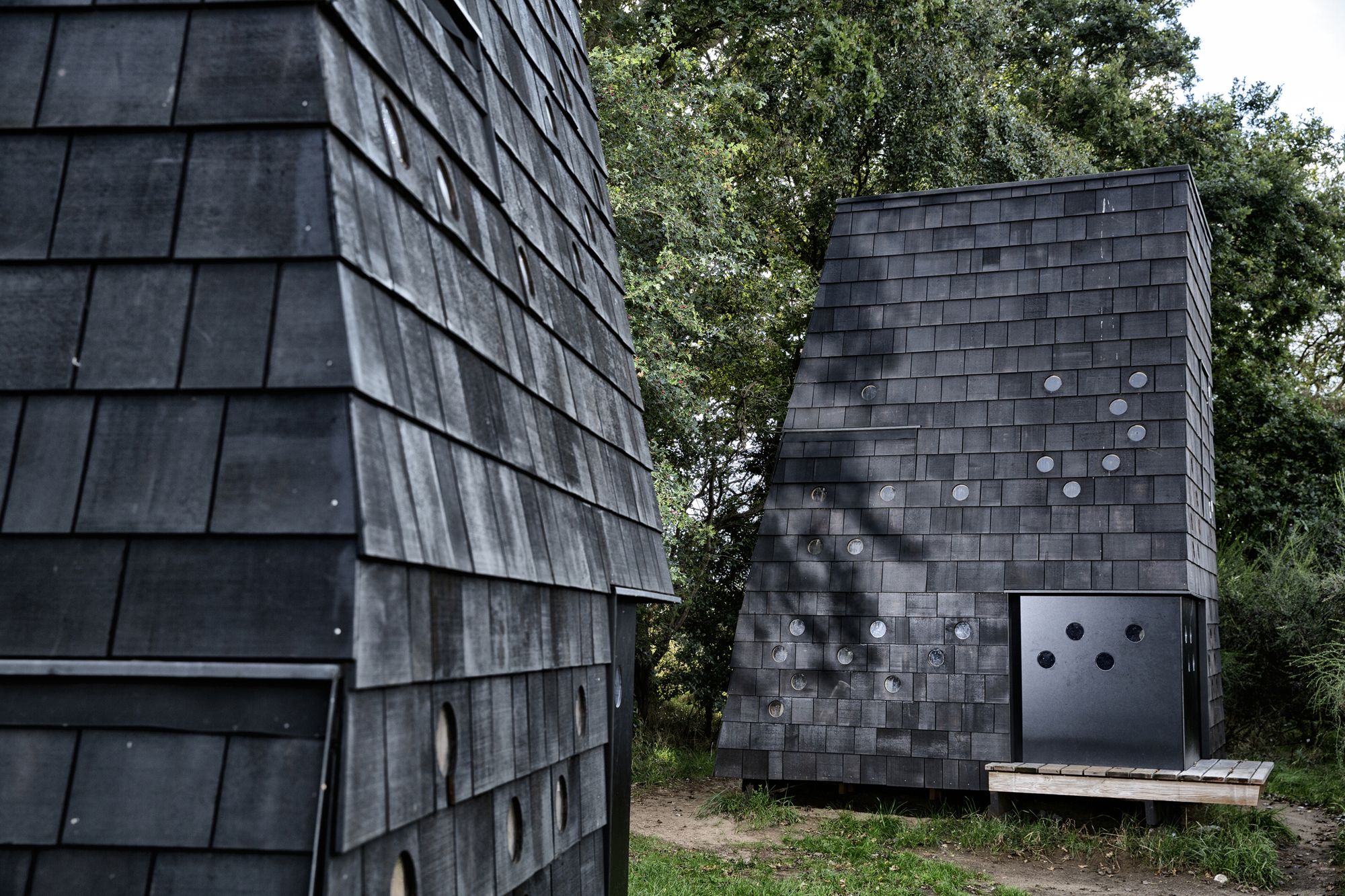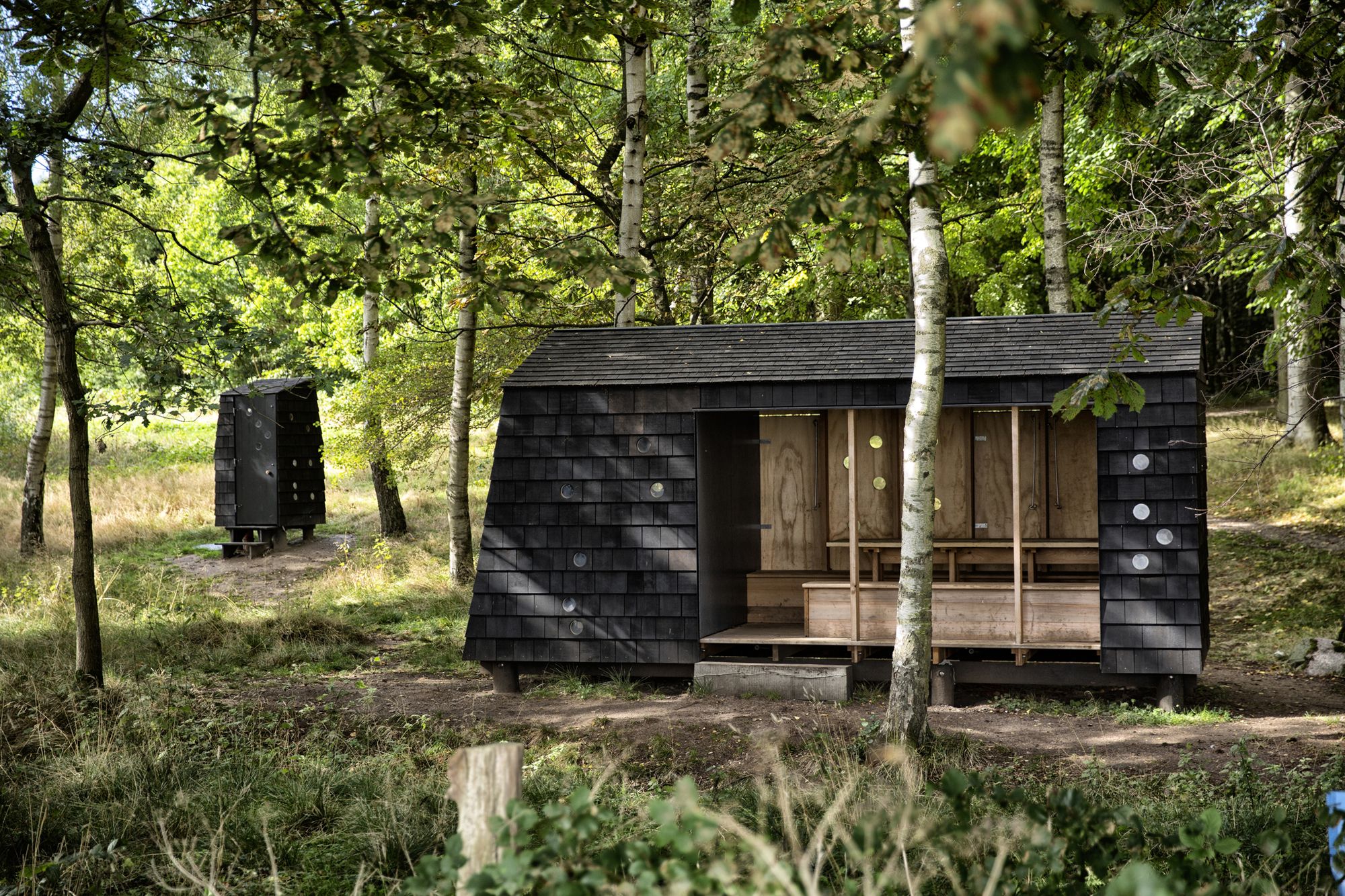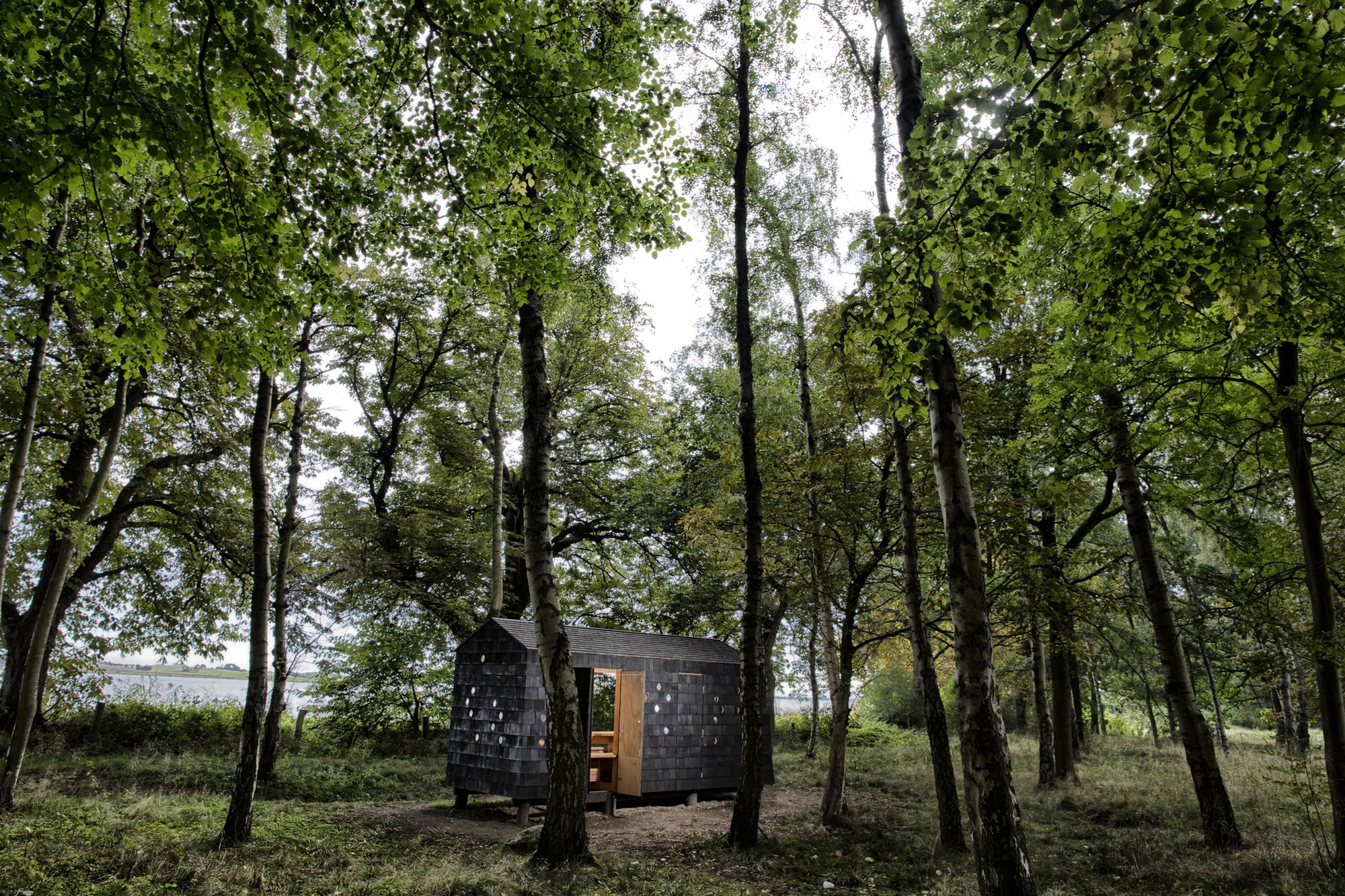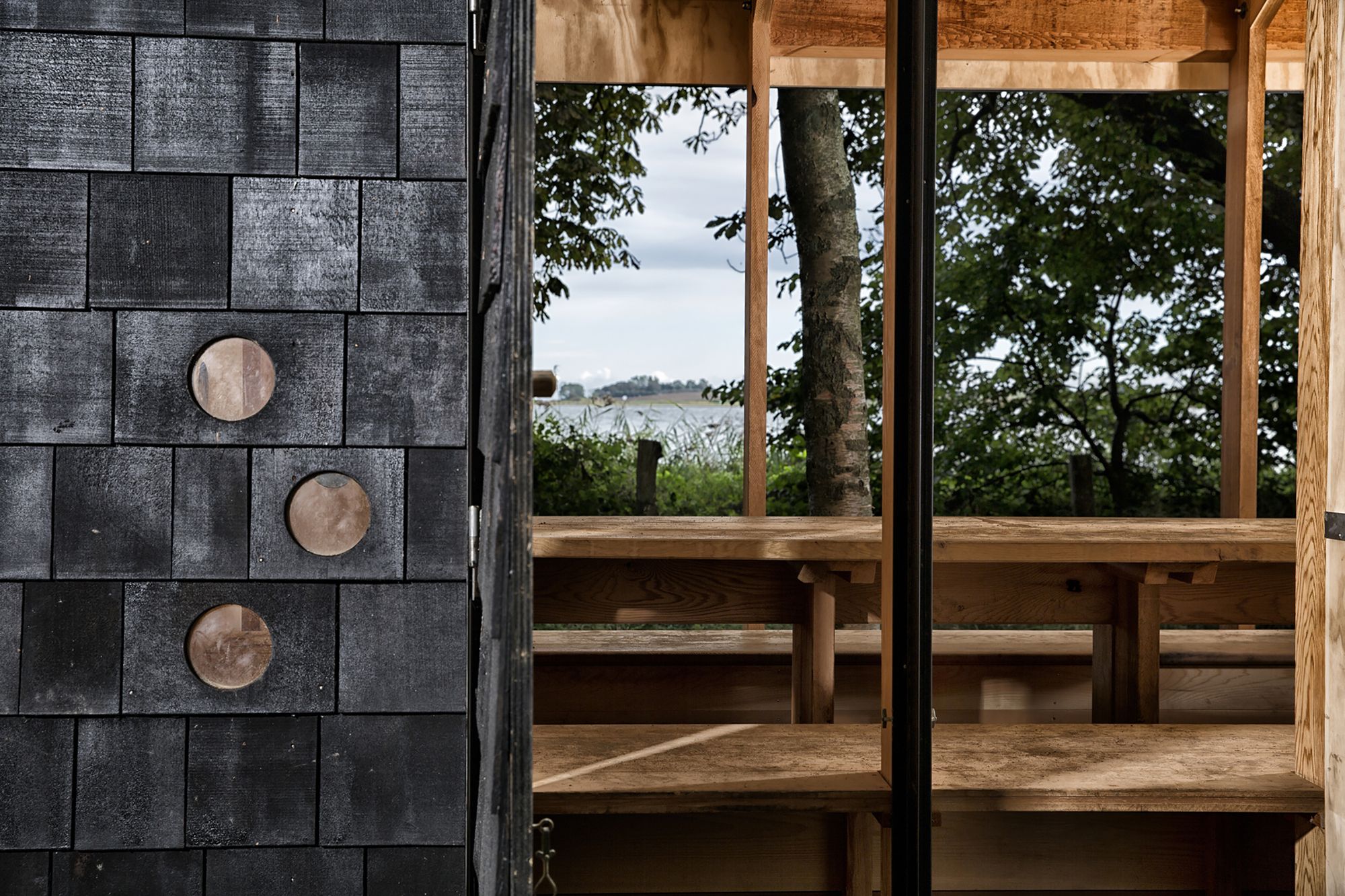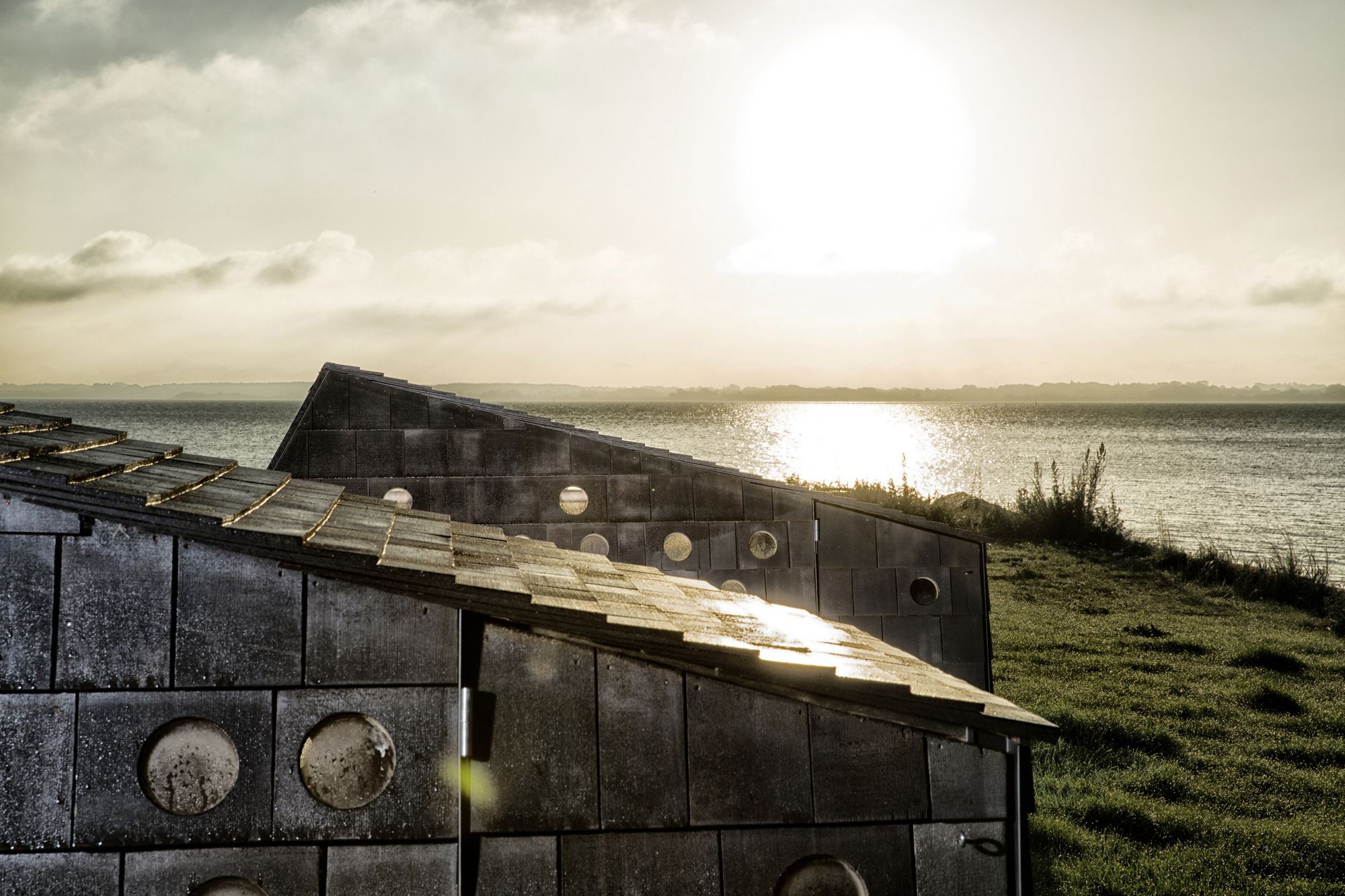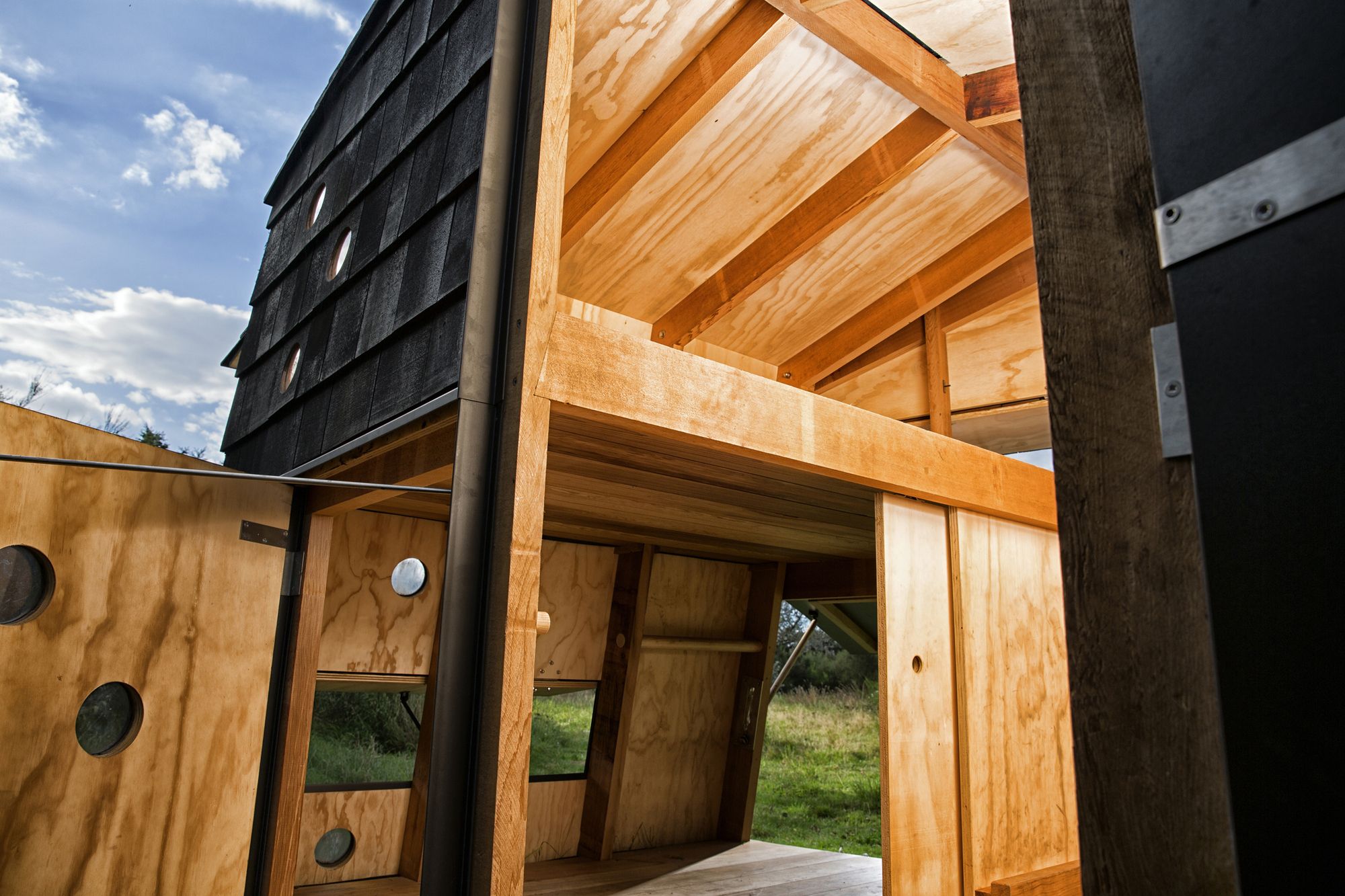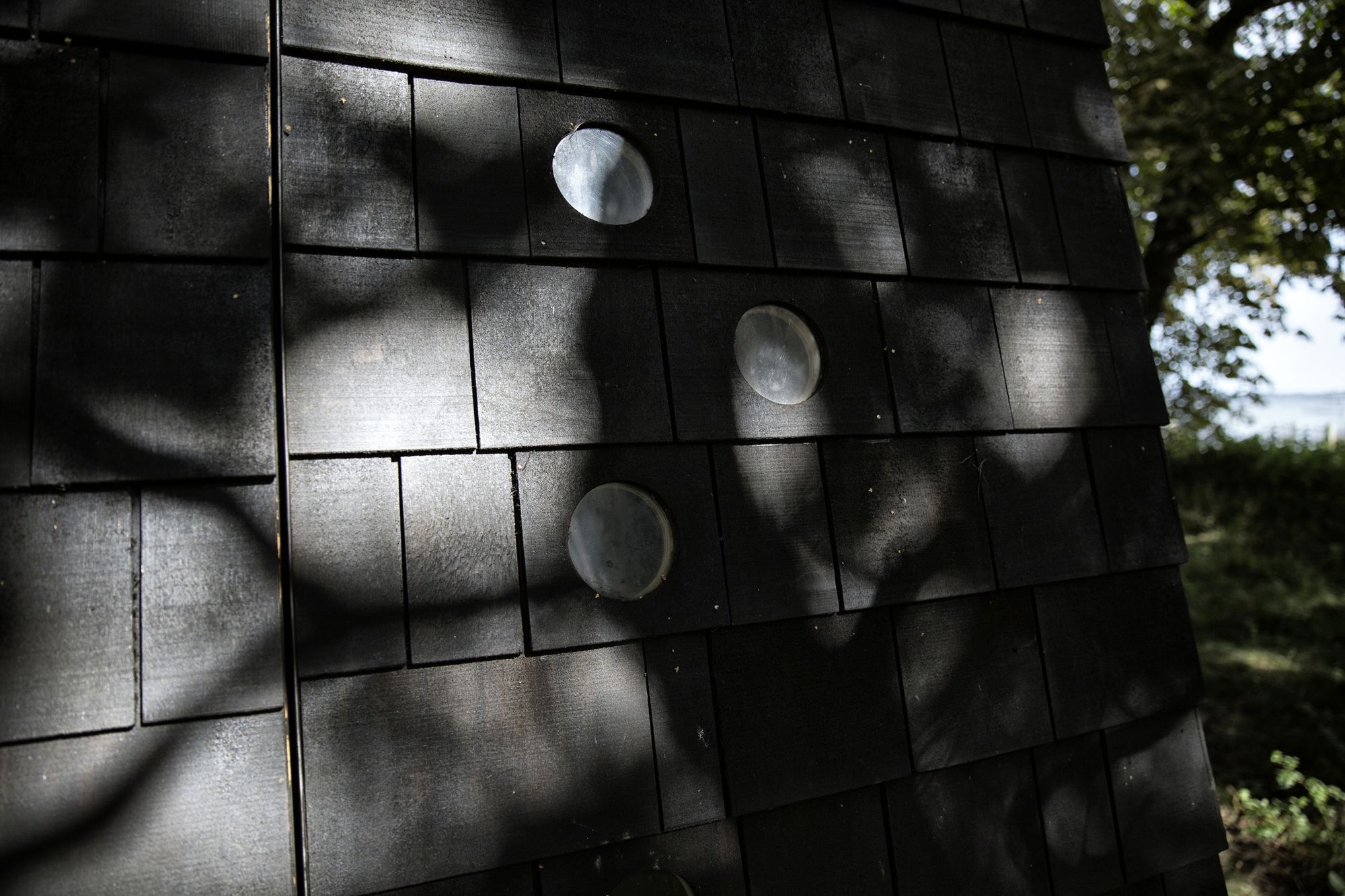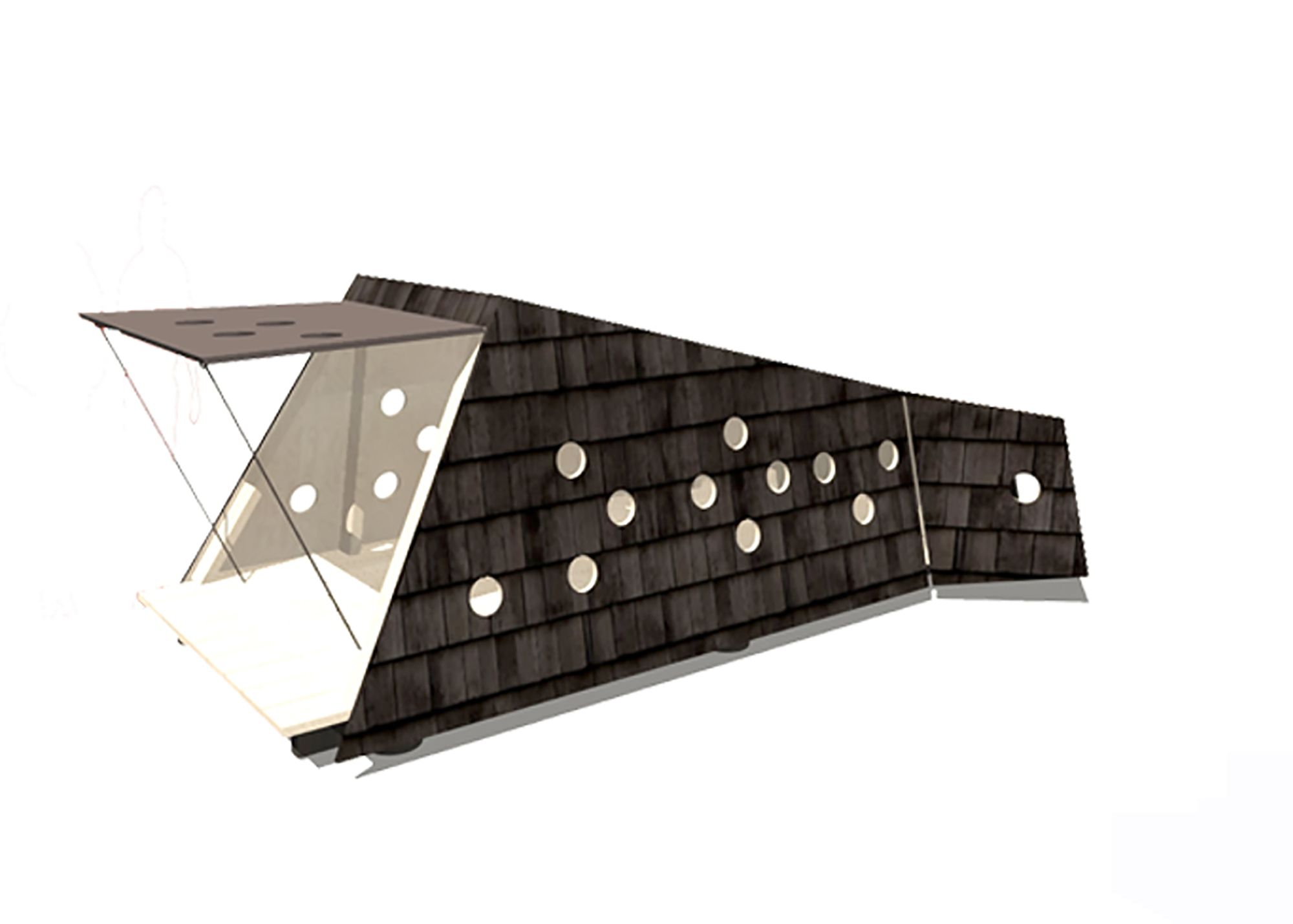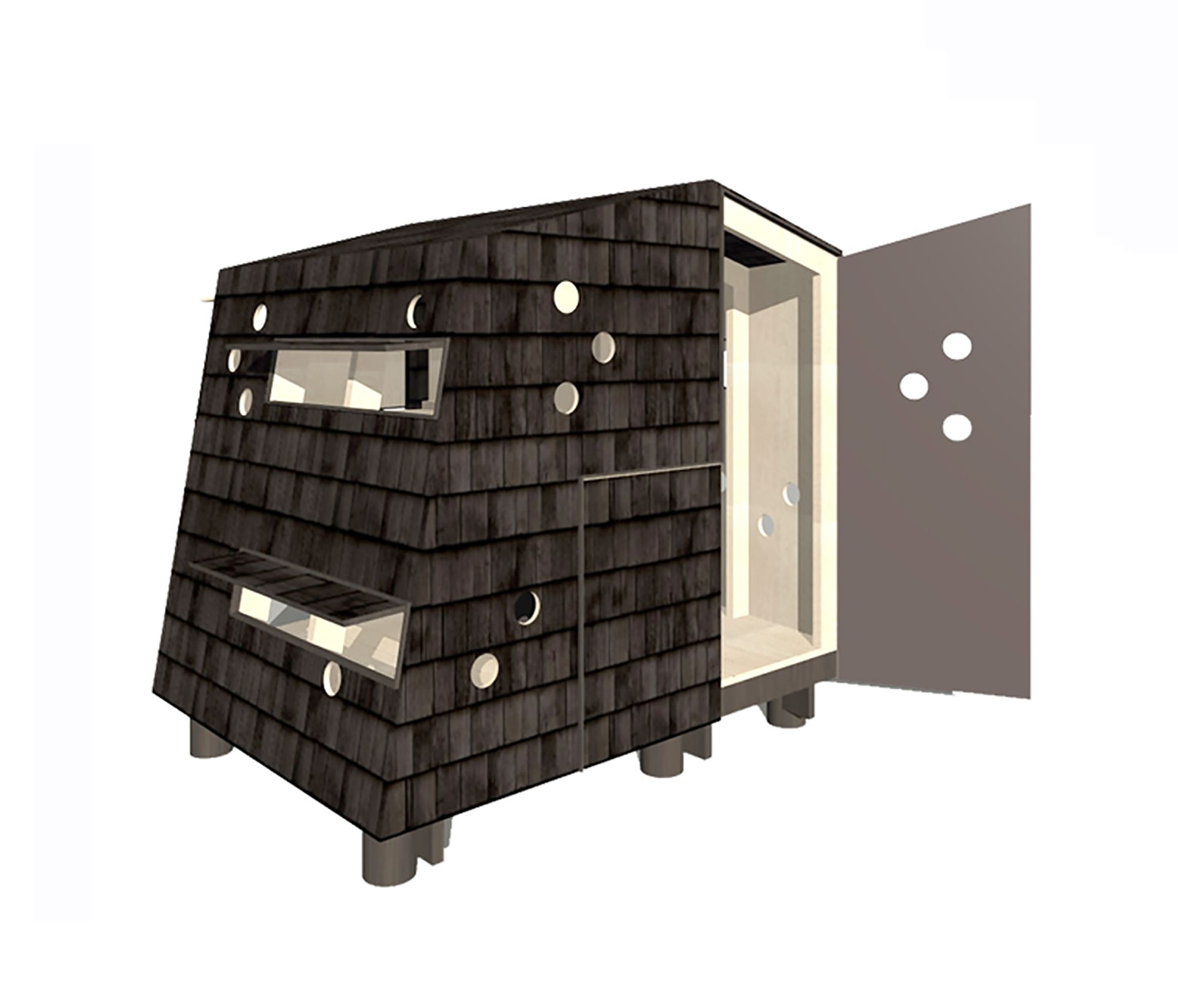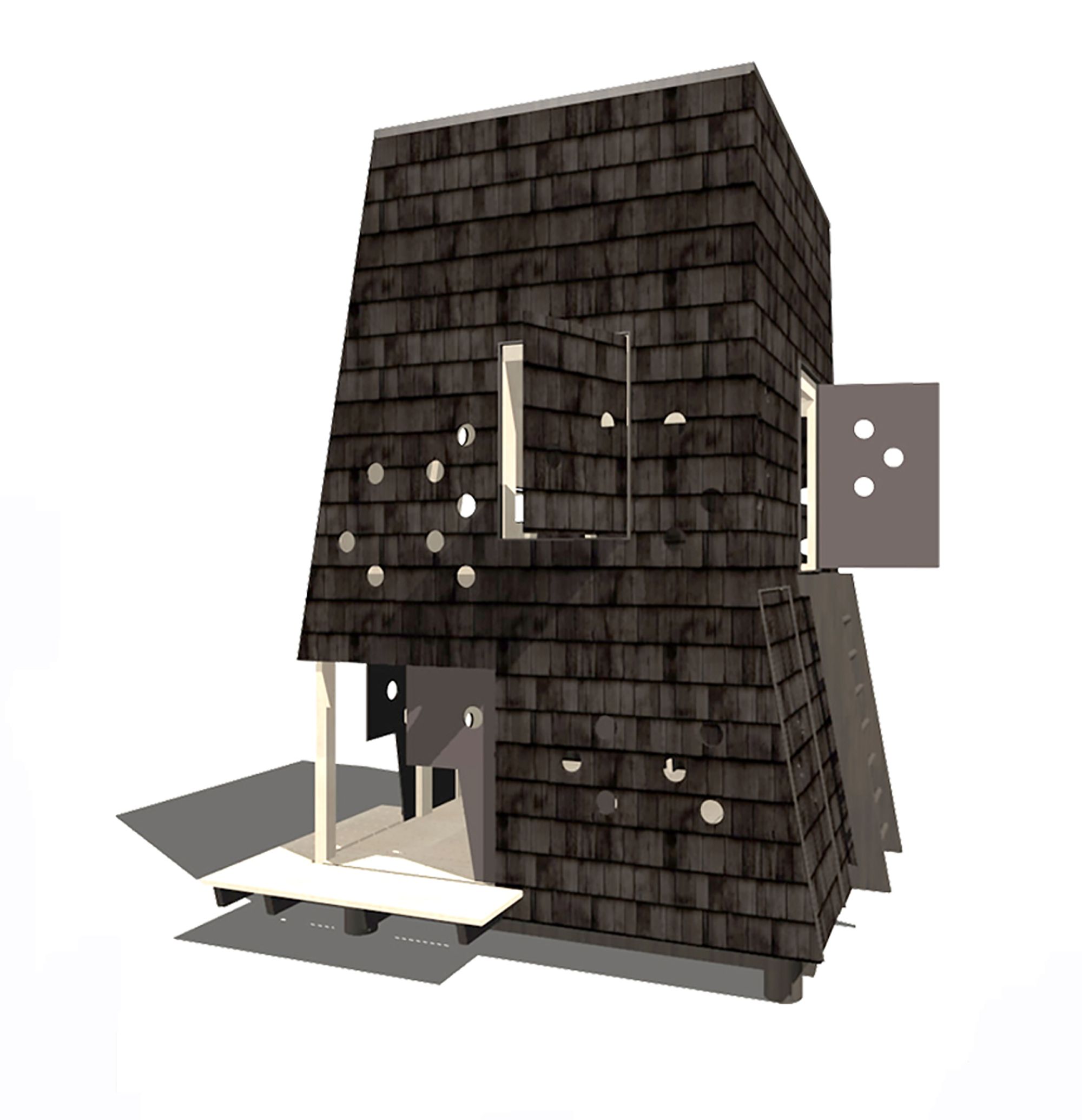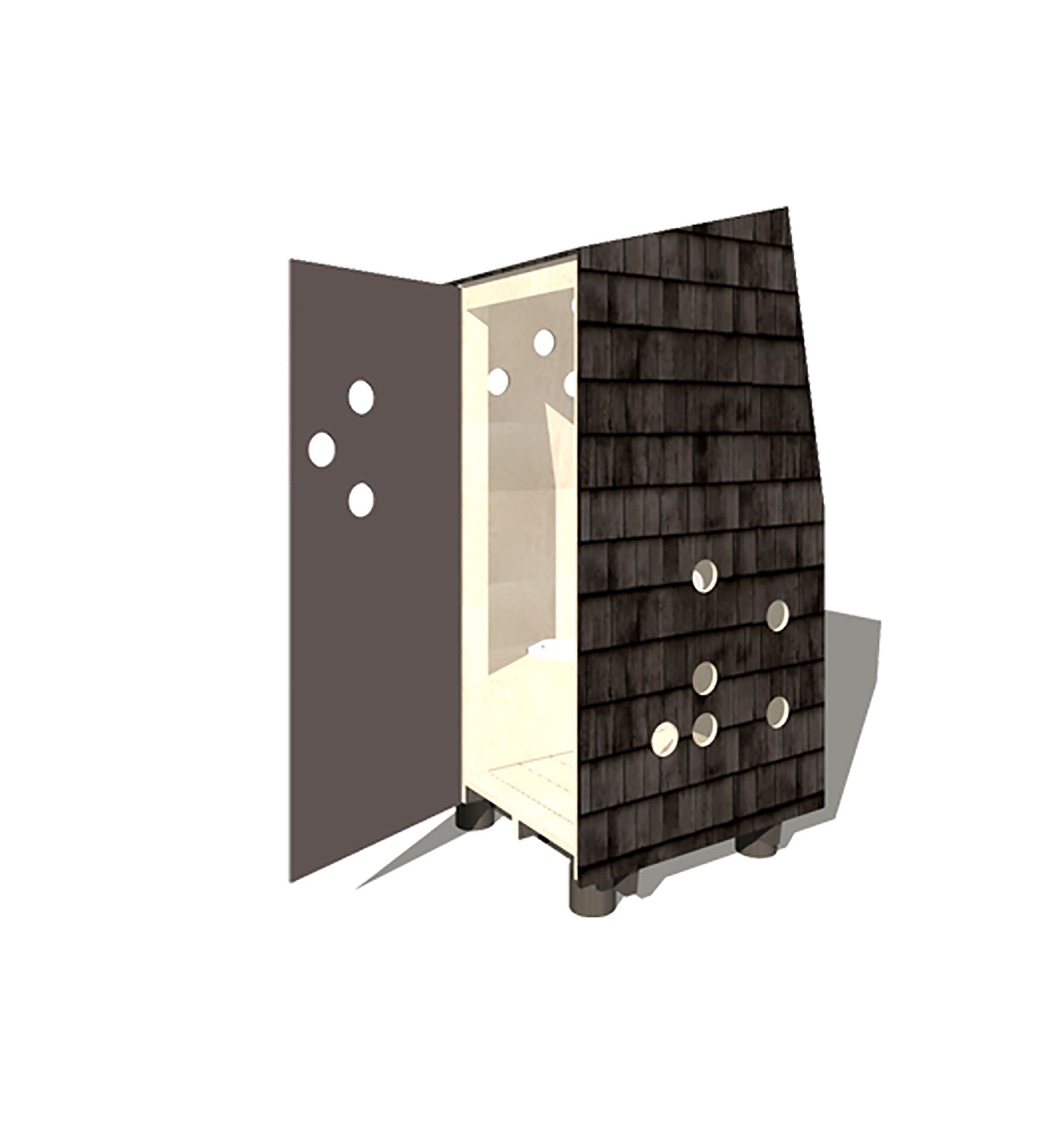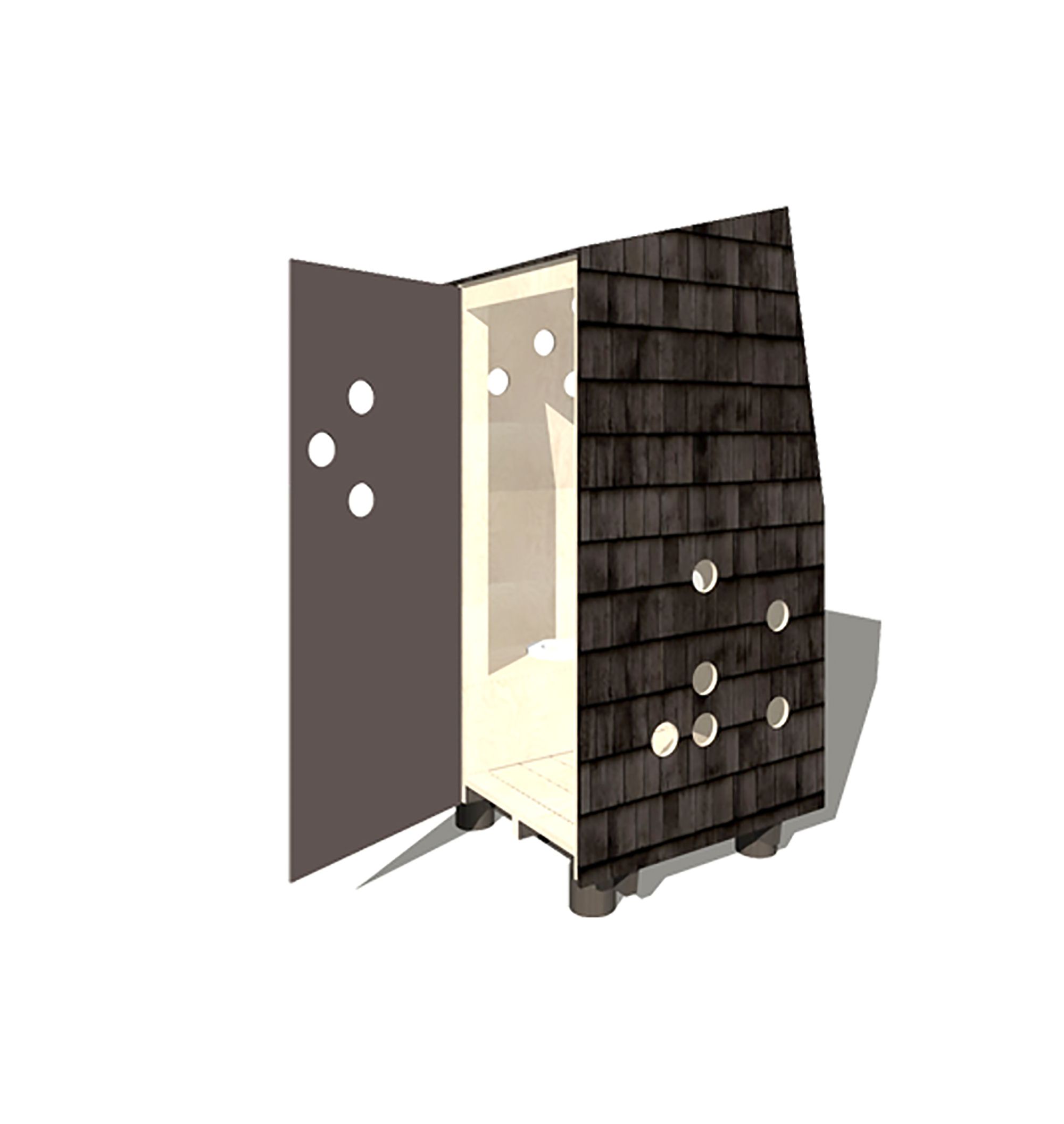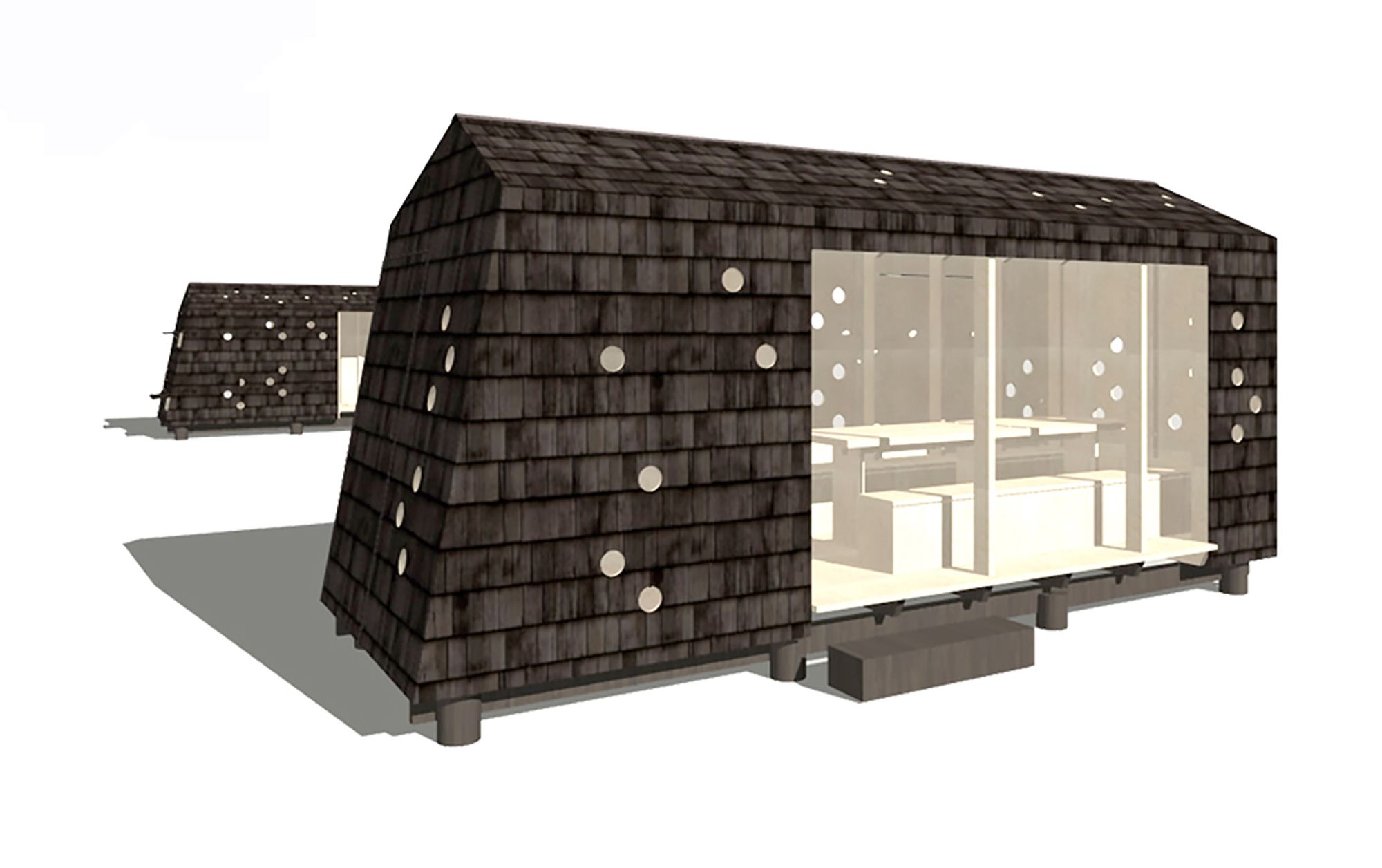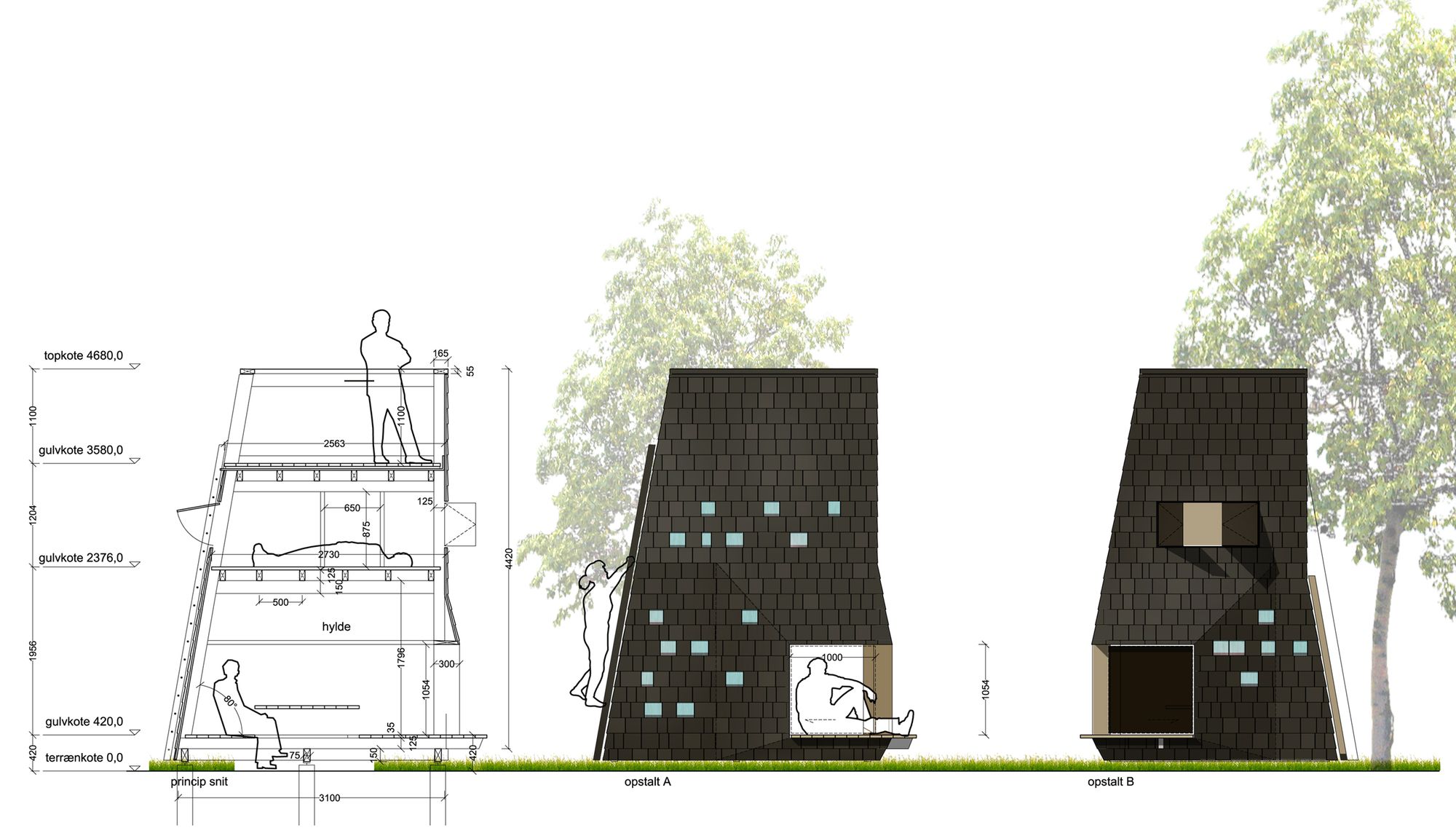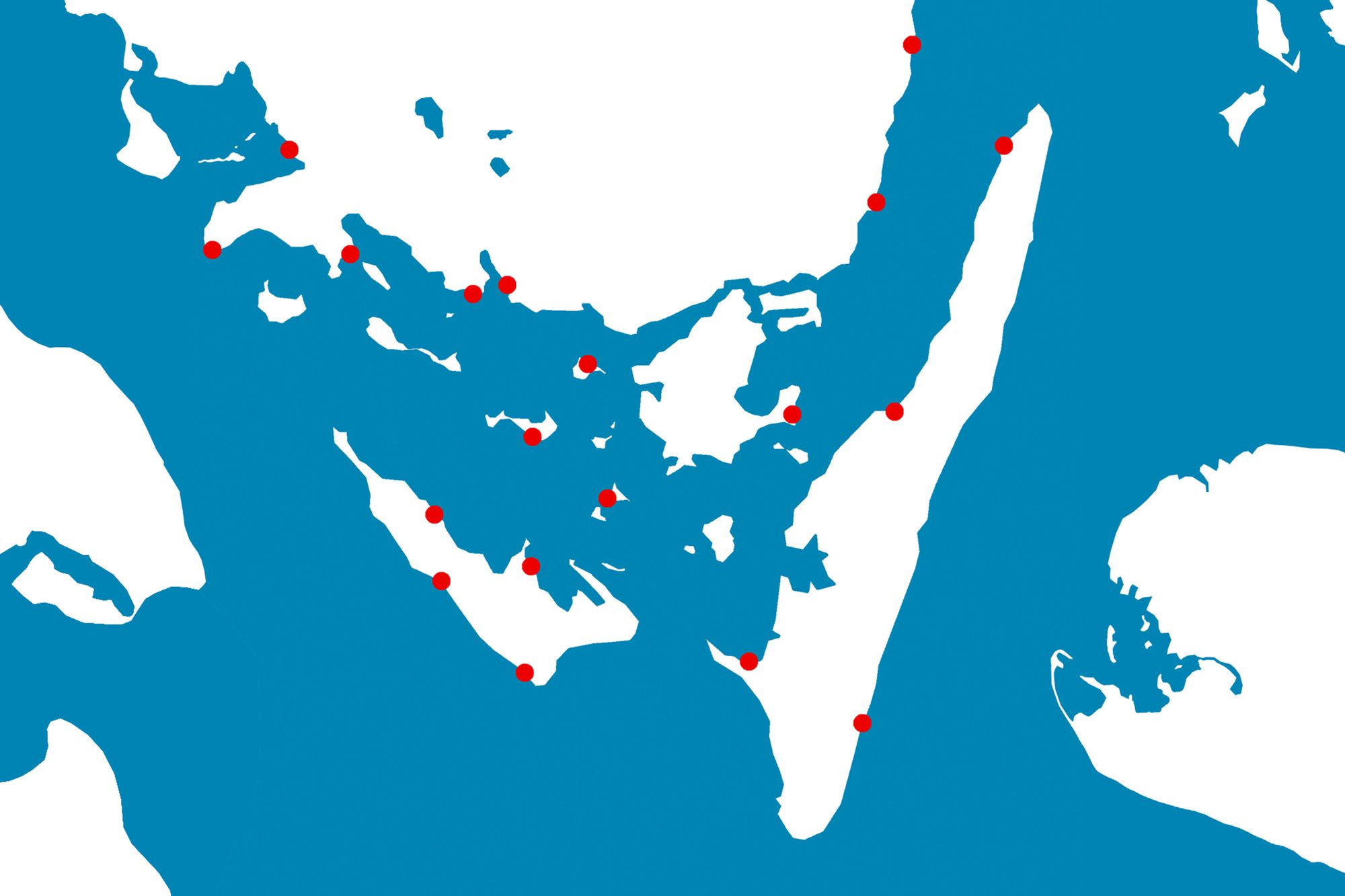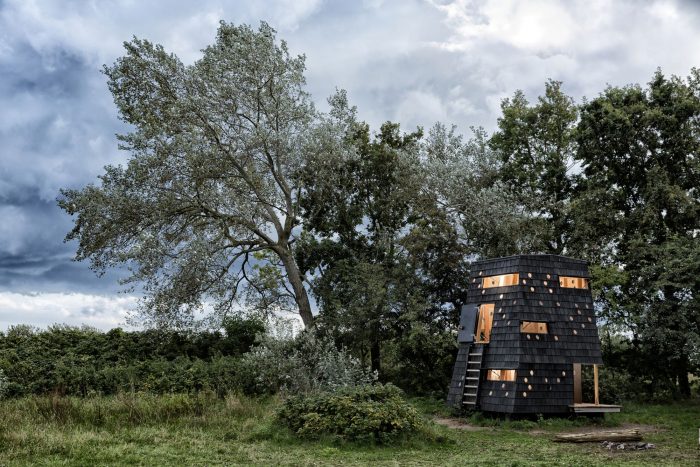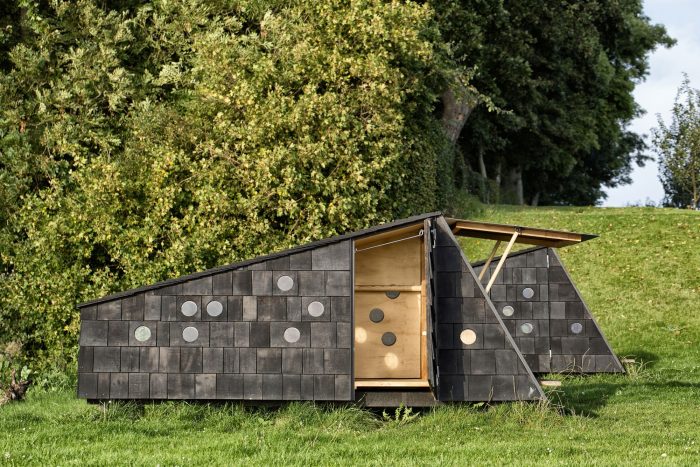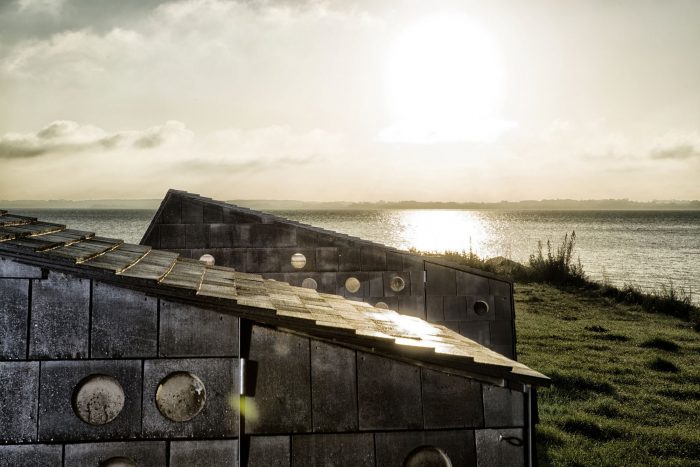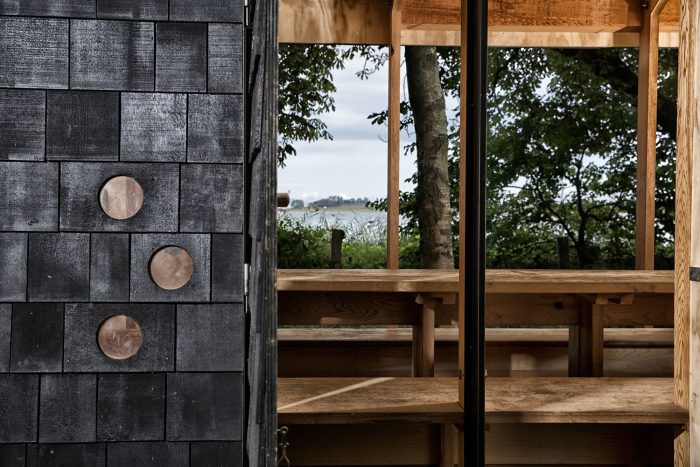Denmark, ranked as one of the happiest countries in the world, is also renowned for its heightened sensitivity towards environmental preservation and eco-friendly life trends. Being a country partly subjected to Atlantic and Baltic climates, Denmark is endowed with some of the most spectacular natural landscapes across the globe. The consorting blend of forests and sea shores running along its meandering coastline, happen to be some of the most stunning sites for outdoor living and ecotourism.
LUMO Architects, a Danish architectural firm, has designed a multi nodal project ensuring that none of these natural characters are overlooked or compromised upon, by designing experiential shelters along the coastline of the country. These little shelters termed ‘Blue Landmarks’, have been located strategically from the south eastern peninsula of the central island Syddanmark to its archipelagos.
All these rich and diverse environments have been responded to by embodying the basic concept of different types of shelters, varying in both size and use. The design for each type depends on the type of climatic and geographic context of its location. The purpose of each shelter is to enrich the outdoor experience of its inhabitant, furthering an ardent dialogue between man and Nature.
The location sites for these 5 different types of shelters are spread across the limits of four different administrative districts namely South Fyn, Langeland, Ærø, Svendborg and Faaborg-Midtfyn. Along with these agencies, even the Danish Nature Agency, a specialized branch of Ministry of Environment, has actively patronized this project.
These ‘Blue landmarks’ have been designed to identify the South Fyn Archipelago and its surrounding coastlines as a special environmental zone. These sites are committed to serve as exclusive areas tendering the best outdoor experiences to both categories of visitors i.e. those who’re visiting from the seaside like divers, underwater hunters and surfers; and also those who’re on their way to discover the Baltic breakers. The proximity of these shelters to the sea, triggers an array of experiences, which is indigenous to the Nordic outback.
These shelters, either solitary or grouped, totaling to 50 of such, function independently or collectively to accommodate different recreational activities which support their basic purpose of environmental inclusivity. These 5 typologies have been derived from a common older precedent – fisherman’s storehouse. Hence their names sound like fish too.
The ‘Garfish’ sea shelter, the largest of the batch, can accommodate 6 to7 users. It is designed to allow the visitors an overnight halt. At the same time, it can also be used as an informal educational picnic space. ‘Lumpfish’, a relatively smaller shelter, enough to fit in 3 to 5 persons has a dedicated sauna facility too. The ‘Flounder’ is a double sharing overnight shelter. ‘Monkfish’ is subdivided into 3 levels to elevate its singular user towards a better bird-watching experience. Lastly, ‘Eelpout’, the smallest of all, simply functions as a lavatory. By various combinations of these, these sites functions as journey starters, midway stopovers and seaside landmarks.
The forms of these shelters have been modeled to give them a unique appearance, and yet not disturb the natural balance of the surroundings. These ‘Blue landmarks’ are asymmetrical, angular and wooden. Little circular punctures frame the changing views of the sky and weather. The thoughtful blend of occupancy and utility based design proffers anything from a solitary retreat for a bird lover to a leisurely family weekend.
Architects: LUMO Architects
Location: South Funen Archipelago, Denmark
Architects in Charge: Lars Sønderskov, Mads Lindstrøm
Collaborators and credit: Sloth Møller Engineering
Area: 25.0 sqm
Project Year: 2015
Photographs: Courtesy of LUMO Architects
